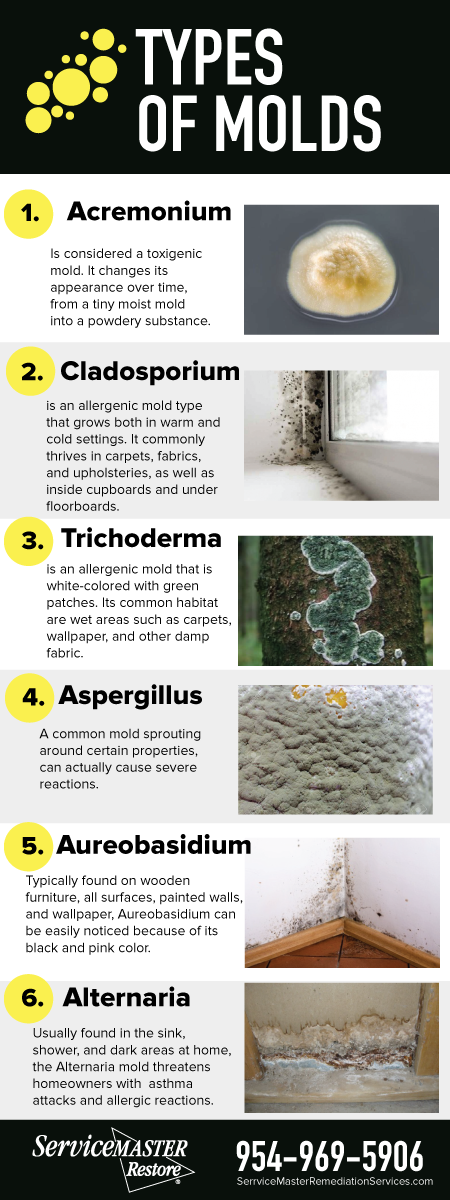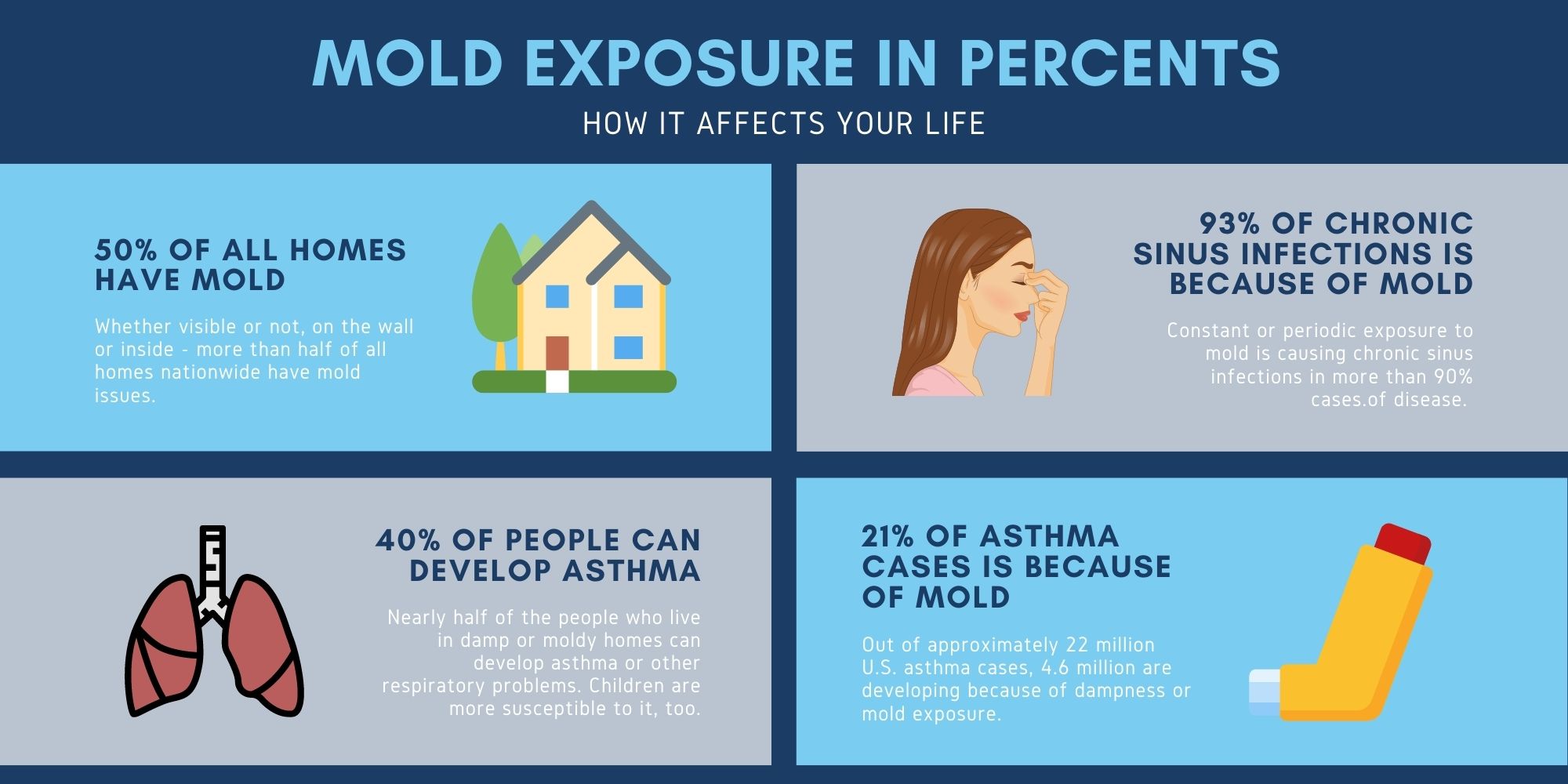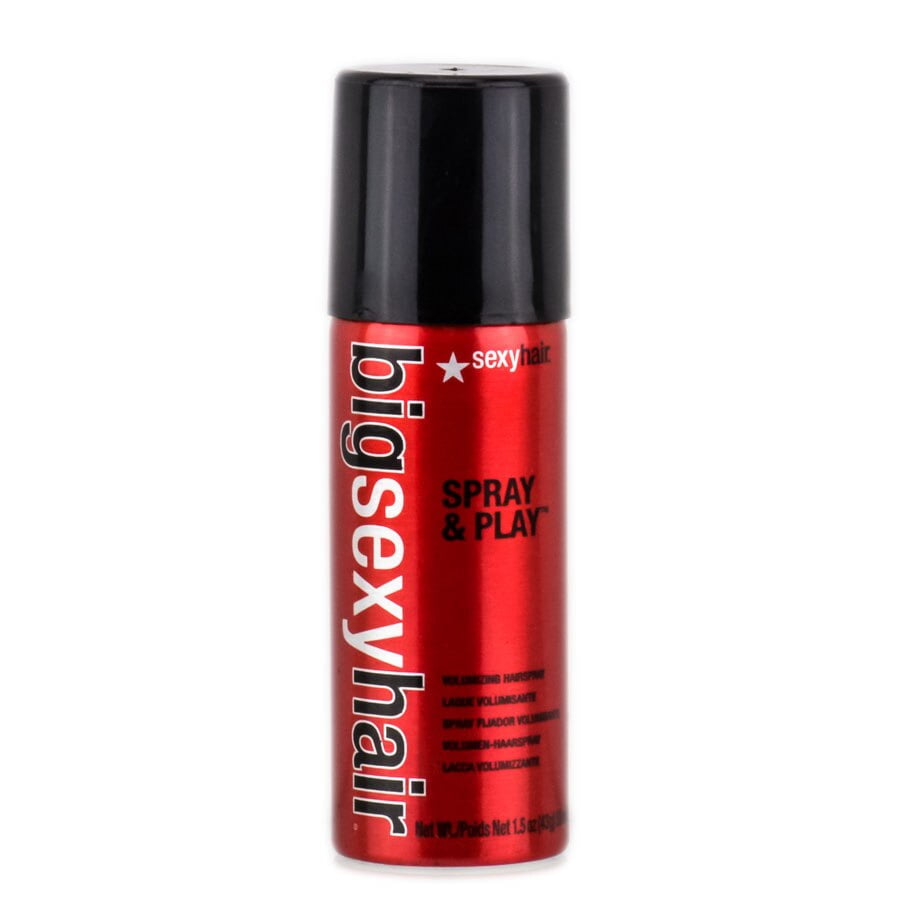Table Of Content

After the time has elapsed, label the dish with the date and time of exposure and place it in a dark spot, such as a shelf or drawer. Open the package for your mold testing kit and thoroughly review the instructions. Identify all of the included materials and keep everything accessible for when you need each piece. Although each type of mold has its own species name, most are best known by the categories—such as black mold or pink mold.
Preparing to Test for Black Mold
When are water damage and mold covered by insurance? - Texas Department of Insurance
When are water damage and mold covered by insurance?.
Posted: Tue, 23 Mar 2021 04:15:46 GMT [source]
Drywall patches generally come in 2′ x 2′ squares, so do not be shy about using a larger piece than you think is necessary. While they do not detect mold, they will detect wet spots inside the wall you may not see. According to the Centers for Disease Control and Prevention (CDC), the most common hazards for household molds affect those with allergies to the mold spores. The most common effects of mold are in the form of respiratory complications. For over 8 years Green Ductors has provided services that aim to improve the ventilation and indoor air quality in homes. However, as we have already mentioned, mold is not always visible and it can be difficult to identify where it may be “thriving”.
Can You Test for Mold in the Air by Yourself? Is There a Device That Can Detect Mold in the Air?
In addition to checking for mold in the home’s HVAC system, it might be wise to consider purchasing an air purifier to help address mold issues. Air purifiers equipped with high-efficiency particulate air (HEPA) filters can capture mold spores from the air, preventing them from circulating and settling onto surfaces. Although purchasing an air purifier for mold can reduce airborne mold spores in a house, it won’t address mold growing on surfaces. The root cause of mold is best tackled directly, which could mean improving ventilation, fixing leaks, or using dehumidifiers. Areas in homes that are commonly vulnerable to moisture issues include basements, bathrooms, kitchens, crawl spaces, attics, and the areas around windows or door frames.
Get Testing Supplies Ready
It’s critically important to have both types of detectors in your home, so you’ll want to make sure that your home safety plan monitors both smoke and carbon monoxide. Short-term tests take 90 days or less, while long-term tests can take several months. Continuous tests monitor radon levels at all times and alert you if high levels of radon are detected. If you don’t know if there’s a mold for sure, a complete test can find hidden mold then begin to work on it or give you an all-clear.
This might take several days to receive the results, but it’s worth it to know exactly what you’re dealing with. In the meantime, you can test other rooms in your home to make sure they’re mold-free. Mold is a type of fungus that can grow almost anywhere in your home. It thrives in moist environments with high humidity and temperatures between 77°F and 86°F. It reproduces through tiny spores that travel through the air and can settle and grow on various surfaces.
Doing Multiple Tests

Those who are most susceptible are infants, children, seniors and those suffering from pre-existing respiratory illnesses or who have compromised immune systems are more susceptible. If you notice any of these symptoms and you suspect that mold may be the culprit, the best thing to do is to consult a physician who can administer the appropriate tests and treatments. A home’s heating, ventilation, and air conditioning (HVAC) system plays a pivotal role in ensuring the comfort and air quality of the living space. However, being a conduit for airflow, it can unwittingly become a transporter for mold spores.
The best way to avoid this is to take all the necessary measures to prevent mold from occurring. However, we know that it can be hard to keep track of everything, no matter how much of a cleaner you are. So if you have any suspicions, there are several ways you can test your house for mold. Once the test duration is over, seal the sample according to the manufacturer’s instructions.
Exposure to a large amount of mold can sometimes cause a more serious reaction known as hypersensitivitypneumonitis. This type of exposure is usually due to occupational or workplace hazards rather than from exposure to mold in your home. Some researchers have also found that high levels of mold in homes may be a risk factor of asthma in school aged children. In people with asthma, an allergic reaction to mold may trigger an attack.
Health risks associated with mold

However, always follow the directions on the test kit for the best results. Having mold in your home won’t necessarily make you sick, but it does have the potential to cause certain health issues. Seal off gaps around doors and windows with painter’s tape to keep the room you are testing in airtight. Keep kids, pets and other adults away from the room while testing is in progress. You can now begin your DIY mold test based on the manufacturer’s instructions.
Absorbent materials (such as ceiling tiles & carpet) that become moldy may have to be replaced. Mold infestations often begin in the walls of a home, only becoming visible as the growth spreads. The first signs may be subtle bubbling, warping, or wrinkling of the paint or wallpaper.
Depending on the model, they may also detect volatile organic compounds (VOCs) or pollutants such as airborne particulate matter. More advanced indoor air quality monitors may also measure the room’s humidity and temperature. You may feel allergies from mold even if there’s no mold growth or permanent mold in your home. It’s possible to be around mold earlier, in another location or building, then feel it later. Aside from mold, dust, hair, dander, pollen or other stuff which makes air quality poor can have negative effects.
To do this, simply ensure all the water sources in your house are off, such as toilet water stops, faucets, and the water heater isn’t still filling from recent use. Then go out to your water meter, pull the cover, and look at your dial. There will be a large dial that keeps track of large quantity uses and a smaller dial off to one side. If it isn’t turning, you don’t have a leak; if it is, then you do, and a possible mold source. Whether you can smell it yourself, or you or another house member begins to sneeze when they walk into a room, there may be a mold issue growing out of sight in a wall. Have no fear we’ll go over all the things you need to know about mold and your health, where to look for mold, how to help prevent mold, and of course, how to test for mold.
The drawback of these tests is that they only determine the presence of mold on the specific surfaces you test. Mold can grow in surprising places, as well as more expected moisture-prone spots, so you'll need to check all over your home for outbreaks. The best bet is to channel your inner 'damp detective' and patrol troublespots, take photos of the evidence, and take effective remedial to fix the problem. If after hours mold begins to grow in your dish, you may choose to send it to a lab for analysis. Here are three of the most popular mold test kits, what they include, and how to use them. Something else you can do is to check your water meter to determine if you might have a leak.
Mold usually grows in dark, damp, and humid areas such as your basement, walls, ceilings, floors, and around your air vents. Once mold spores in the air land on surfaces where there is moisture and organic matter that they can feed on, they will start to grow. We do not recommend at-home mold testing in place of professional assessments. However, if you're seeking at-home results to support an expert consultation, the test you choose will depend on the surface you are testing. You will likely use a mold test kit with tape strips to lift a sample for surface testing.
Let’s examine the types of mold you’re most likely to find in your home, the potential effects on your health, and how to get rid of mold. In fact, the main thing you should be worried about when testing for mold is the mold itself. If you are collecting direct samples of mold using the swab technique, wear gloves and a mask to reduce your exposure to the mold. Symptoms of mold sickness include stuffy nose, persistent coughing, sneezing, itchy eyes or skin, and wheezing.
Homeowners can search for “mold testing near me” to find a professional in their area who can detect and remove mold from the home. To be on the safe side, homeowners will want to have mold growth identified, treated, and removed quickly. Below are some of the more common types of mold that can be found in a home. When testing the air for mold, the best option is typically an air pump—such as the My Mold Detective MMD103 Mold Test Kit—that collects samples for evaluation in a laboratory. Keep in mind that testing your air for mold requires your test sample to be taken close to the original growth.

No comments:
Post a Comment